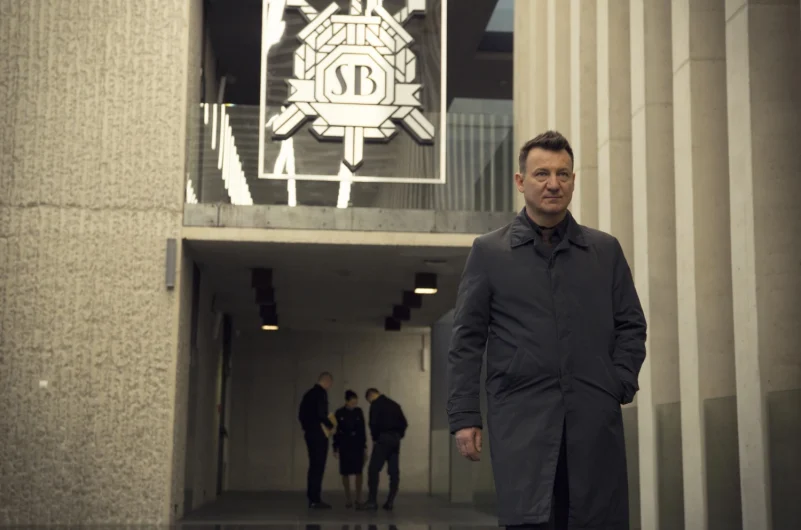Polish cinema and television have gained global attention thanks to platforms like Netflix, which has introduced international audiences to series such as 1983, High Water, The Mire, and Family Secrets. But bringing Polish storytelling to an English-speaking audience isn’t as simple as translating dialogue. It requires a deep, layered localization strategy that respects cultural context, rebuilds idioms, adapts humor, and ensures that tone, pacing, and emotional nuance survive the transition. Done poorly, localization can flatten narrative impact. Done well, it bridges worlds without losing authenticity.
Netflix’s approach to Polish to English translation and localization combines linguistic expertise, cultural research, subtitle design, dubbing direction, and audience testing. Each step helps transform a Polish series into an experience that feels natural for English viewers while preserving the unique atmosphere of Polish filmmaking. In this article, we’ll break down how Netflix localizes Polish productions—examining real examples from 1983 and High Water, exploring subtitle challenges, dubbing techniques, character voice adaptation, and the subtle cultural decisions that determine whether a show resonates internationally.
- Understanding the Polish Cinematic Style
Polish series often embrace slower pacing, atmospheric storytelling, and nuanced character development. This creates a challenge for localization because dialogue is frequently minimal and layered with subtext. Netflix’s translators focus on tone-first translation, recognizing that word choice must support the visual mood. Their priority is capturing the style rather than mirroring literal syntax. This ensures English-speaking audiences connect with the emotional rhythm of the story instead of feeling distracted by overly rigid subtitles.
- Handling Complex Historical and Political Themes
Shows like 1983 are packed with references to Polish history, Cold War politics, and cultural trauma. English viewers may not immediately recognize these elements, so translators subtly integrate contextual clues through carefully crafted subtitles. Rather than adding lengthy explanations, they weave clarity into dialogue while keeping the original meaning intact. This allows audiences to follow critical plot points without altering the show’s artistic intent or overwhelming them with footnote-style information.
- Subtitle Localization: Clarity Over Literalness
Effective subtitles require brevity, readability, and emotional accuracy. Polish sentence structure can be lengthy and complex, so Netflix condenses meaning into compact, conversational English. The goal isn’t word-for-word translation but ensuring viewers grasp the tone, intention, and emotional stakes. Subtitle editors also match timing to speech rhythm, ensuring viewers aren’t overwhelmed by dense text. This balance between accuracy and accessibility is essential for Polish to English localization.
- Dubbing vs. Subtitles: Choosing the Best Fit
While some audiences prefer subtitles, Netflix also invests heavily in dubbing. Dubbing Polish series into English demands more than matching lip movements—it requires casting voice actors whose delivery reflects the characters’ personalities. In High Water, for example, emotionally heavy scenes required English vocal performances that captured Polish intensity without sounding melodramatic. Localization directors work closely with translators to align emotional pacing across languages.
- Cultural Concepts with No Direct English Equivalent
Certain Polish expressions—especially those tied to religion, social customs, or regional behaviors—don’t map neatly to English. Netflix’s translators focus on functional meaning rather than literal accuracy. For instance, when a character uses a culturally specific insult or blessing, localization teams choose English phrases that evoke equivalent emotional impact. This avoids awkward or distracting subtitles that pull viewers out of the story.
- Rewriting Idioms and Colloquialisms
Polish characters often use slang or regional idioms that collapse when translated literally. In The Mire, for example, police jargon required cultural adaptation to fit English expectations of crime drama dialogue. Instead of replicating Polish slang, translators rephrased lines to match authentic English genre conventions without compromising the character’s voice. This is a key part of localization—respecting the mood while adapting the linguistic surface.
- Preserving Character Personality Through Language
Characters express identity through vocabulary, tone, and speech rhythm. When localizing Polish series, Netflix ensures that English versions preserve personality traits such as sarcasm, formality, or emotional restraint. A stoic Polish character shouldn’t sound overly expressive in English, and a humorous character shouldn’t become bland. This attention to voice continuity is crucial for maintaining character integrity across languages.
- Place Names, Dialects, and Regional Identity
Polish regions such as Silesia, Warsaw, or Gdańsk carry cultural meaning. Shows like High Water, set in Wrocław, rely heavily on local identity. Translators preserve place names and culturally loaded terms, adding clarity through context rather than replacement. This helps English viewers understand the world without diluting its authenticity.
- Emotional Accuracy in Crisis Scenes
Polish storytelling often emphasizes emotional restraint, especially in crisis scenes. English actors may naturally use more expressive delivery, risking tonal mismatch. Localization directors guide performances to preserve Polish emotional texture. This is especially evident in high-tension scenes in High Water, where understated grief plays a central role.
- Testing LocalizationWithInternational Audiences
Netflix conducts audience testing to verify whether localized versions are emotionally clear and engaging. Feedback helps refine subtitles, adjust phrasing, and improve dubbing accuracy. This iterative approach ensures the final English release honors Polish artistic intent while delivering a smooth experience for global viewers.
Conclusion
Localizing a Polish series for English audiences is far more than translating lines—it’s a multilayered craft that blends cultural understanding, creative adaptation, and technical precision. Netflix’s approach to shows like 1983 and High Water demonstrates the importance of treating localization as storytelling, not just language conversion. By carefully adapting idioms, preserving emotional tone, clarifying cultural references, and guiding voice performance, the platform ensures English-speaking viewers experience Polish narratives with clarity and authenticity.
As Polish productions continue growing in global popularity, localization teams play an essential role in shaping how these stories reach new markets. For translators and creators, the takeaway is clear: treat each decision—every subtitle, rewritten phrase, or dubbing choice—as an opportunity to protect the soul of the original work while opening it to the world.
FAQs
- Why are Polish series challenging to localize?
Because they often rely on cultural subtext, historical references, and subtle emotional cues. - Does Netflix translate literally?
Rarely—functional, tone-first translation is preferred. - Are idioms replaced or preserved?
Most idioms are replaced with natural English equivalents. - How is dubbing handled?
With careful casting, emotional pacing, and collaboration with translators. - Are cultural references explained?
Yes, but subtly—usually within context, not with direct explanations.


